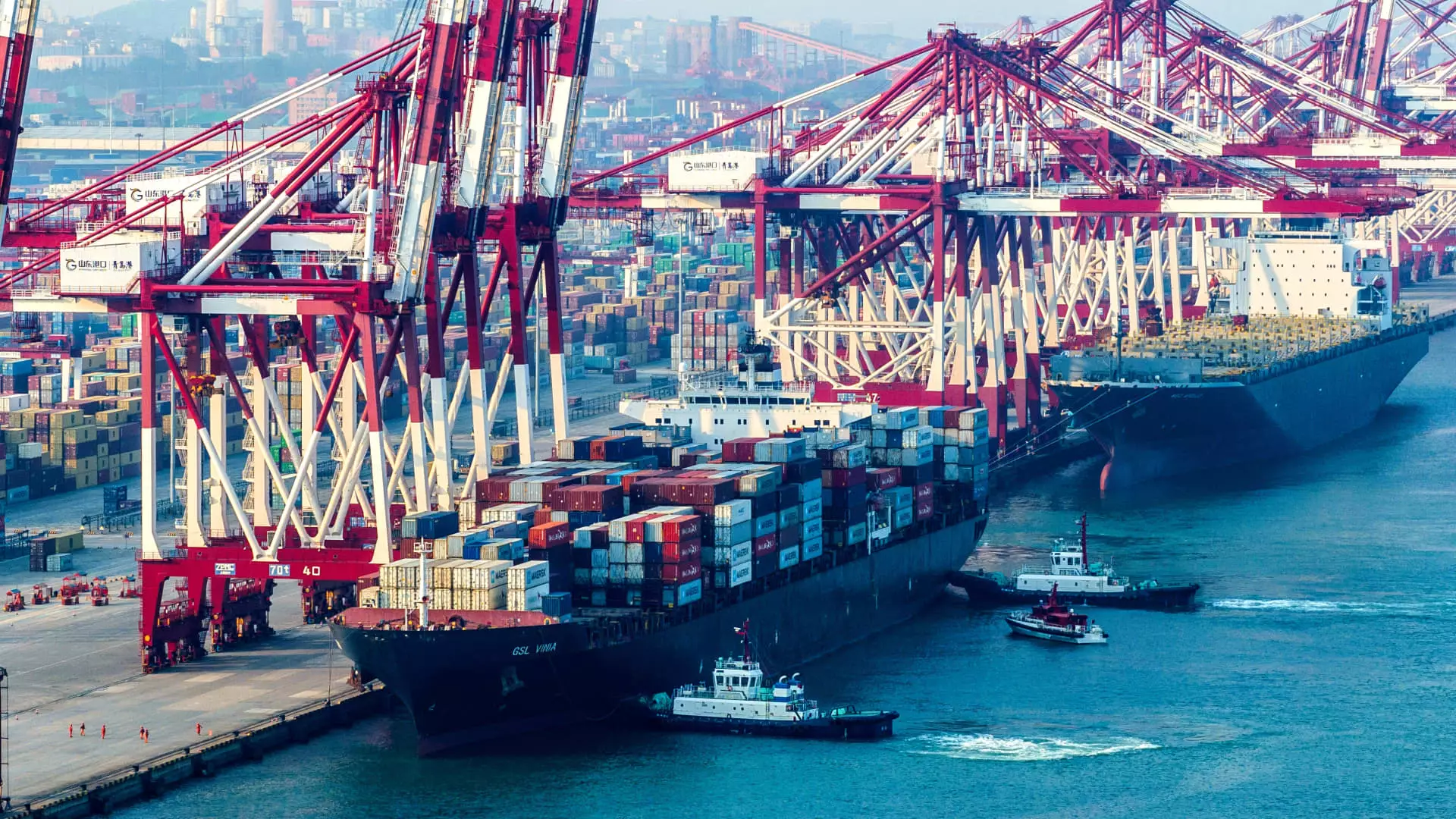China’s import numbers for June were disappointing, as they fell by 2.3% in U.S. dollar terms compared to the same period last year. This was a significant contrast to the forecast of 2.8% growth that analysts had predicted. This unexpected drop in imports reflects a slowing down of demand for foreign goods within the country, which could have broader implications for the global economy.
On the other hand, China’s exports saw a positive trend in June, with a growth rate of 8.6% year on year. This exceeded expectations, as analysts had only forecasted an 8% increase. This robust performance in exports is a welcome sign for the Chinese economy, especially amidst the challenges posed by the ongoing trade tensions with the United States.
Looking at the bigger picture, the year-to-date figures for imports and exports in the first half of the year show a mixed picture. Imports have only grown by 2%, while exports have seen a larger increase of 3.6%. This imbalance indicates that China continues to rely heavily on its export sector to drive economic growth, while domestic demand remains subdued.
In addition to the trade data, China’s inflation figures also point to some concerns. Consumer prices rose by a meager 0.2% in June, falling short of expectations. Meanwhile, producer prices met expectations, indicating some stability in the manufacturing sector. The slower increase in core CPI, which excludes volatile food and energy prices, suggests that inflationary pressures remain under control for now.
As investors and policymakers await further insights into China’s economic performance, the National Bureau of Statistics is set to release second-quarter GDP figures and economic indicators for June. This data will provide a more comprehensive view of the country’s economic health, shedding light on the challenges and opportunities that lie ahead. It is essential to monitor these developments closely to navigate the shifting landscape of the global economy.

Leave a Reply